In 2025, U.S. electric bicycle safety standards mandate a maximum continuous motor power of 750 watts, classify e-bikes into three classes with specific speed and throttle rules, require helmets for riders under 18 and Class 3 riders, and enforce battery safety certifications by 2026. These standards aim to balance rider safety, accessibility, and environmental benefits while harmonizing regulations nationwide.
How Are Electric Bicycles Classified Under U.S. Safety Standards?
Under U.S. regulations, electric bicycles are classified into three classes: Class 1 (pedal-assist, up to 20 mph), Class 2 (throttle, up to 20 mph), and Class 3 (pedal-assist, up to 28 mph). Each class determines usage rules and safety requirements. E-bike brands like HOVSCO typically follow these standards across models.
Electric bicycles in the U.S. are classified into three main classes to regulate their speed, motor assistance, and throttle use:
-
Class 1: Pedal-assist only, no throttle, motor assists up to 20 mph.
-
Class 2: Throttle-assisted, motor assists up to 20 mph, throttle allowed.
-
Class 3: Pedal-assist only, no throttle, motor assists up to 28 mph, riders must be 16 or older.
This classification system helps states and localities tailor regulations on where e-bikes can be ridden and what safety equipment is required.
What Are the Motor Power and Speed Limits for E-Bikes?
Federal and state regulations set the maximum continuous motor power for e-bikes at 750 watts to ensure they remain distinct from mopeds or motorcycles. Speed limits depend on class: 20 mph for Class 1 and 2, and 28 mph for Class 3 e-bikes. Throttle use is restricted to Class 2 e-bikes only, with no throttles allowed on Class 1 and 3 models. These limits maintain safety and prevent excessive speeds.
Which Helmet Requirements Apply to E-Bike Riders?
Helmet use is mandatory for all riders under 18 years old across most states. Additionally, riders of Class 3 e-bikes must wear helmets regardless of age. Some states extend helmet requirements to all e-bike classes. Helmets must meet recognized safety certifications, and these rules aim to reduce head injuries and enhance rider safety.
How Are Battery Safety and Certification Regulated?
Starting January 1, 2026, all e-bike batteries sold in the U.S., particularly in California, must undergo third-party safety testing and certification to prevent fire hazards and ensure reliability. Rental companies must comply by 2028. This regulation addresses concerns over lithium-ion battery safety and promotes consumer confidence in e-bike products.
Where Are E-Bikes Allowed to Ride According to Safety Standards?
Most states allow Class 1 and 2 e-bikes on bike lanes, multi-use paths, and roads. Class 3 e-bikes face more restrictions, often limited to roads and bike lanes but banned from certain trails and sidewalks. Local jurisdictions may impose additional rules to balance safety for all path users. Riders should verify local laws before riding.
Can E-Bikes Require Registration or Licensing?
Generally, e-bikes that meet federal and state safety standards do not require registration, licensing, or insurance. However, if an e-bike exceeds power or speed limits, it may be classified as a motor vehicle, triggering additional requirements. Some states require age minimums or permits for Class 3 e-bike riders.
What Are the Key Differences in State Regulations and Enforcement?
While federal standards provide a baseline, states vary in helmet laws, age restrictions, trail access, and enforcement. For example, California bans throttles on Class 3 e-bikes, requires helmets for all riders under 18, and restricts Class 3 e-bikes on certain bike paths. Colorado mandates helmets for riders under 16 and limits Class 3 use to roads. It is critical to consult state and local regulations.
E-Bike Safety Regulations Comparison Chart
| Aspect |
Federal Standard |
California (2025) |
Colorado |
| Motor Power Limit |
750W continuous |
750W continuous |
750W continuous |
| Max Speed |
20 mph (Class 1 & 2), 28 mph (Class 3) |
Same |
Same |
| Throttle Allowed |
Class 2 only |
Class 2 only; banned on Class 3 |
Class 2 only |
| Helmet Requirement |
Under 18 & Class 3 riders |
Under 18 & Class 3 riders |
Under 16 for all riders |
| Trail Access |
Varies by state/local |
Class 3 restricted on bike paths |
Class 3 limited to roads |
| Registration |
Not required if compliant |
Not required if compliant |
Not required if compliant |
What Are Street Legal Scooters and Their Requirements?
Street legal scooters are motorized scooters approved for use on public roads. To qualify, they must have headlights, brake lights, turn signals, mirrors, a horn, and a license plate. Riders often need a valid driver’s license, registration, and insurance, depending on local laws and the scooter’s engine size.
Why Are Street Legal Scooters Popular for Urban Travel?
Street legal scooters are popular for urban travel due to their compact size, fuel efficiency, and ease of parking. They help riders navigate traffic quickly, reduce commuting costs, and offer an eco-friendly alternative to cars. Their low maintenance and affordability make them ideal for city living and daily errands.
Street legal scooters have gained popularity in urban areas thanks to their compact design, allowing riders to easily weave through traffic and park in tight spaces where cars can't. Their fuel efficiency or electric power makes them a smart choice for reducing both commuting costs and carbon emissions. For city dwellers facing daily congestion, scooters offer a quicker and more flexible alternative to public transport or cars, especially for short to medium distances.
In addition to being eco-friendly, street legal scooters are known for their low maintenance requirements and affordable upfront costs, making them accessible to a wide range of users. Many models come equipped with storage compartments, safety features, and smart tech, enhancing both convenience and rider experience. With rising fuel prices and environmental concerns, more people are turning to scooters as a cost-effective, practical solution for urban commuting and everyday errands.
How Do You Ensure a Scooter Is Street Legal?
To ensure a scooter is street legal, check that it includes required features like lights, mirrors, horn, and a speedometer. Verify it’s registered with the DMV and has valid plates and insurance. Review local laws, as requirements vary by region and engine size, especially for electric versus gas-powered scooters.
To ensure your scooter is street legal, it must include essential safety features such as headlights, taillights, turn signals, mirrors, a horn, and a working speedometer. These components help ensure visibility and compliance with traffic regulations. Additionally, the scooter should meet the minimum engine size or power output required by your state or country—often 49cc or higher for gas models, or a specific wattage for electric scooters. Some areas also require a VIN (Vehicle Identification Number), which must be visible and verifiable.
Once your scooter meets these equipment standards, you'll need to register it with the DMV, obtain license plates, and secure liability insurance if required by law. Some regions also mandate a driver’s license or motorcycle endorsement depending on the scooter’s speed and engine class. Always check your local and state regulations, as requirements can vary significantly between jurisdictions. Staying informed and compliant not only keeps you legal but also enhances your safety and peace of mind on the road.
Purchasing Advice
When purchasing an electric bicycle, ensure it complies with 2025 U.S. safety standards by verifying motor power does not exceed 750 watts and that it fits into one of the three recognized classes. Choose models with certified batteries and consider helmet compatibility. Brands like HOVSCO offer e-bikes designed to meet or exceed safety regulations, providing peace of mind and legal compliance. Investing in quality safety gear and understanding local laws enhances your riding experience and security.
HOVSCO Expert Views
“HOVSCO prioritizes rider safety by engineering e-bikes that align with evolving U.S. safety standards,” says a HOVSCO regulatory expert. “Our commitment includes integrating certified batteries, limiting motor power to legal thresholds, and designing user-friendly controls that comply with class regulations. We believe that clear standards and quality manufacturing empower riders to enjoy e-biking confidently and responsibly across the country.”
Frequently Asked Questions
Q: Do I need a license to ride an e-bike in the U.S.?
A: Generally, no license is required for e-bikes that comply with federal and state safety standards.
Q: Are helmets mandatory for all e-bike riders?
A: Helmets are required for riders under 18 and all Class 3 e-bike riders; some states require helmets for all classes.
Q: Can I use a throttle on any e-bike class?
A: Throttles are only allowed on Class 2 e-bikes; Class 1 and 3 e-bikes must be pedal-assist only.
Q: What happens if my e-bike exceeds 750 watts?
A: It may be classified as a motor vehicle, requiring registration, licensing, and insurance.
Q: Are e-bike batteries safe?
A: Certified batteries tested under 2025 regulations ensure safety and reduce fire risks.
E-bikes are bicycles with an electric motor that assist riders and allow them to accelerate their pace. CPSC standards, documentation, testing, and much more are covered in this article if you plan to import and sell E-bikes in the United States.
E-Bikes CPSC Standards
The U.S. Consumer Product Safety Commission (CPSC) sets safety standards for electric bicycles, including limits on motor power (750W max), top speed (20 mph for Class 1 and 2), and proper labeling. These rules ensure e-bikes are safe for public roads and protect consumers from manufacturing defects or hazards.
All types of bicycles, including E-bikes, must comply with CPSC requirements for braking, protrusions, structural integrity, and reflectors. If not, the product will be banned under the Federal Hazardous Substance Act.
CPSC provides the following standards for E-bikes:
- 16 CFR Part 1512 - Bicycle Requirements
- 16 CFR Part 1303 - Lead-based paints
The CPSC standards are generally voluntary, but they serve as a good reference point for importers during the product design process. The following are examples of requirements under the CPSC standards:
- The pedals of the bike must have tread on both sides.
- On the sidewalls of tires, there should be an indication of the recommended inflation pressure.
- There shall be a permanent mark or circle showing the minimum depth on the E-bike seat (if any).
- The instruction manual shall be attached to the frame or included in the packaging.

General Certificate of Conformity (GCC)
A General Certificate of Conformity (GCC) confirms that an electric bike meets all applicable U.S. safety regulations. Manufacturers and importers must provide this document to prove compliance with CPSC rules, including labeling, performance, and electrical safety standards for e-bikes sold in the U.S.
You can use the GCC to certify that your imported E-bike products comply with applicable consumer product safety standards, such as CPSC standards.
Usually, importers or manufacturers will provide the GCC with a list of applicable standards (e.g. 16 CFR Part 1512) and supporting documents, such as certificates and test reports.
The following is an overview of GCC content for E-bikes:
- Name and description of E-bikes
- Standards applicable to E-bikes
- Identification of the manufacturer or importer
- Address, telephone number, and e-mail address of the manufacturer or importer
- Date, city, and country of production
- Test date (month, year) and location (city, country)
- Contact person, e-mail address, phone number, and address of third-party testing company
For the shipment of E-bikes, a GCC is required, along with the appropriate certificates.
Underwriter Laboratories (UL)
UL certification verifies that electric bicycle components like batteries, motors, and chargers meet strict safety standards. UL 2849 is the key standard for e-bike electrical systems, helping prevent fire, electrical shock, and overheating. It assures consumers of tested, high-quality safety in e-bike products.
Underwriter Laboratories (UL) develops and establishes standards for a wide range of products, including e-bikes. The UL is an accredited standards developer in the US and Canada, and the standards are often considered mandatory for e-bikes and other electronic devices.
UL standards are generally voluntary, and it is in importers' interest to comply with the requirements, as they can be held liable for any injuries or property damage resulting from unsafe E-bikes.
UL Standards
E-bikes powered by lithium batteries or other rechargeable batteries need to comply with UL 2849 - Standard for electrical systems for E-bikes. These requirements include:
- Electric drive train
- The battery system
- combined with the charger system
- Interconnecting wiring
- E-bikes power inlet
Testing to e-bike standard UL 2849
Consumer trust and brand reputation are built by investigating potential harmful hazards. As e-bike technology advances, new strategies and protective circuitry will be required for safe operation.
In order to confirm the safety of e-bikes and electrically power-assisted cycles (EPACs), we engaged industry leaders in the development of the next generation of e-bike safety requirements for the UL 2849 Standard for Electric Bicycles and Electrically Power Assisted Cycles (EPACs). By examining the electrical drive train system, battery system, and charger system combinations, this Standard offers electrical and fire safety certification.
UL 2849 covers:
E-bikes (usually sit-to-operate and for over-the-road use) and pedelecs (pedal assisted electric) cycles.
Over the life of the product, there will be a risk of electric shock during charging and other potential electrocution hazards.
While riding, the Standard does not evaluate the operator's ability to maintain control.
The Benefits of Certification for E-bikes
Certification ensures an e-bike meets recognized safety and quality standards. It reduces fire risks, electrical malfunctions, and compliance issues. Certified bikes also offer consumers peace of mind, support product liability coverage, and make it easier to meet U.S. import and retail requirements.
Keeping your products in compliance with the appropriate standards can be challenging. However, we simplify the process for you. UL contributed to the development of UL 2849, the standard developed by Underwriters Laboratories, and is familiar with the requirements for testing and certification. Through our technical expertise and testing capabilities, we can offer you the highest levels of regulatory acceptance and market recognition in the industry. It is more important, however, to know that we can help you get safer products to market, which is a critical responsibility for all companies that make e-bikes.
Why Choose UL for Electric Bike Certification
Choosing UL certification for electric bikes ensures rigorous safety testing and international recognition. UL 2849 covers the full electrical system, minimizing risks of thermal runaway, short circuits, and fires. It builds consumer trust, boosts market credibility, and helps meet global regulatory demands.
UL 2849 certification adds cost to an e-bike company (and the consumer), so the e-bike industry has not yet adopted it widely. In my opinion, e-bike companies will accelerate the use of UL 2849 (and fires will decrease). Why am I so optimistic? There is too much competition in the e-bike industry (no pun intended). The industry has been so successful at keeping e-bike fires under the radar that companies may feel adding any expense puts them at a competitive disadvantage. Still, the brands who see UL 2849 as value added, not a cost, will immediately stand out from the competition, appealing to riders who want the assurance that their e-bikes will not overheat their homes.
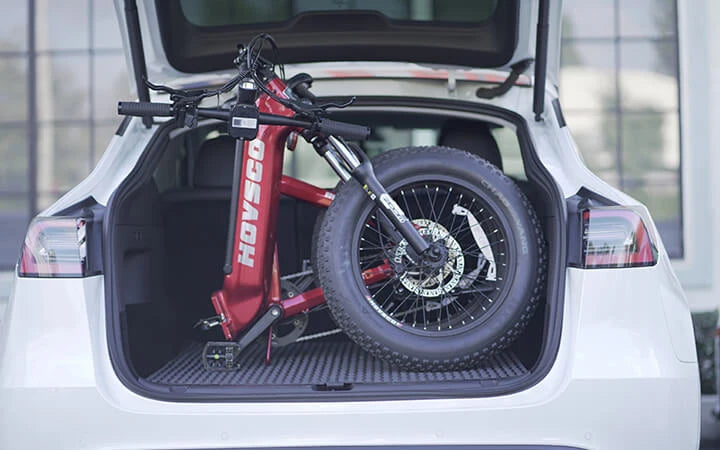
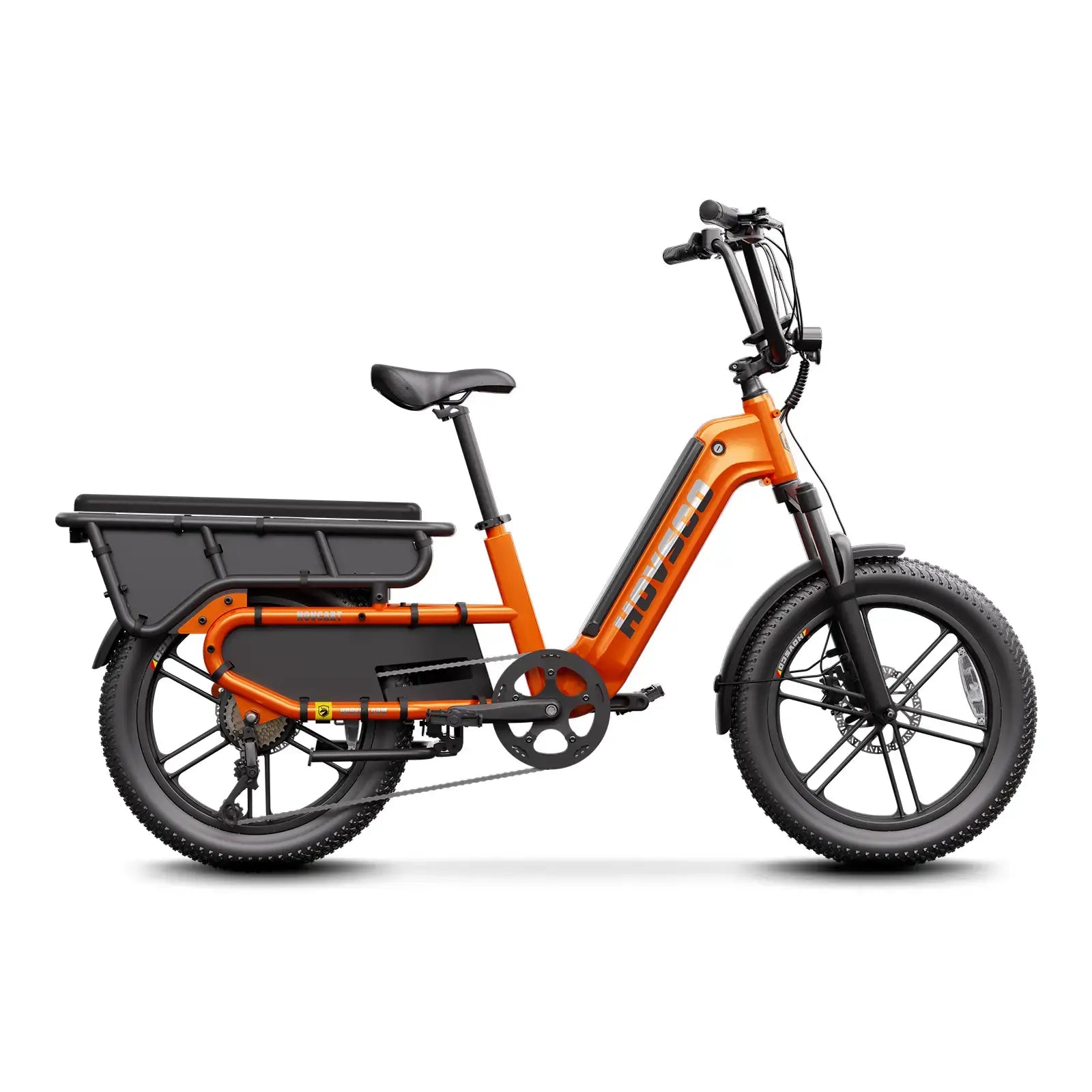
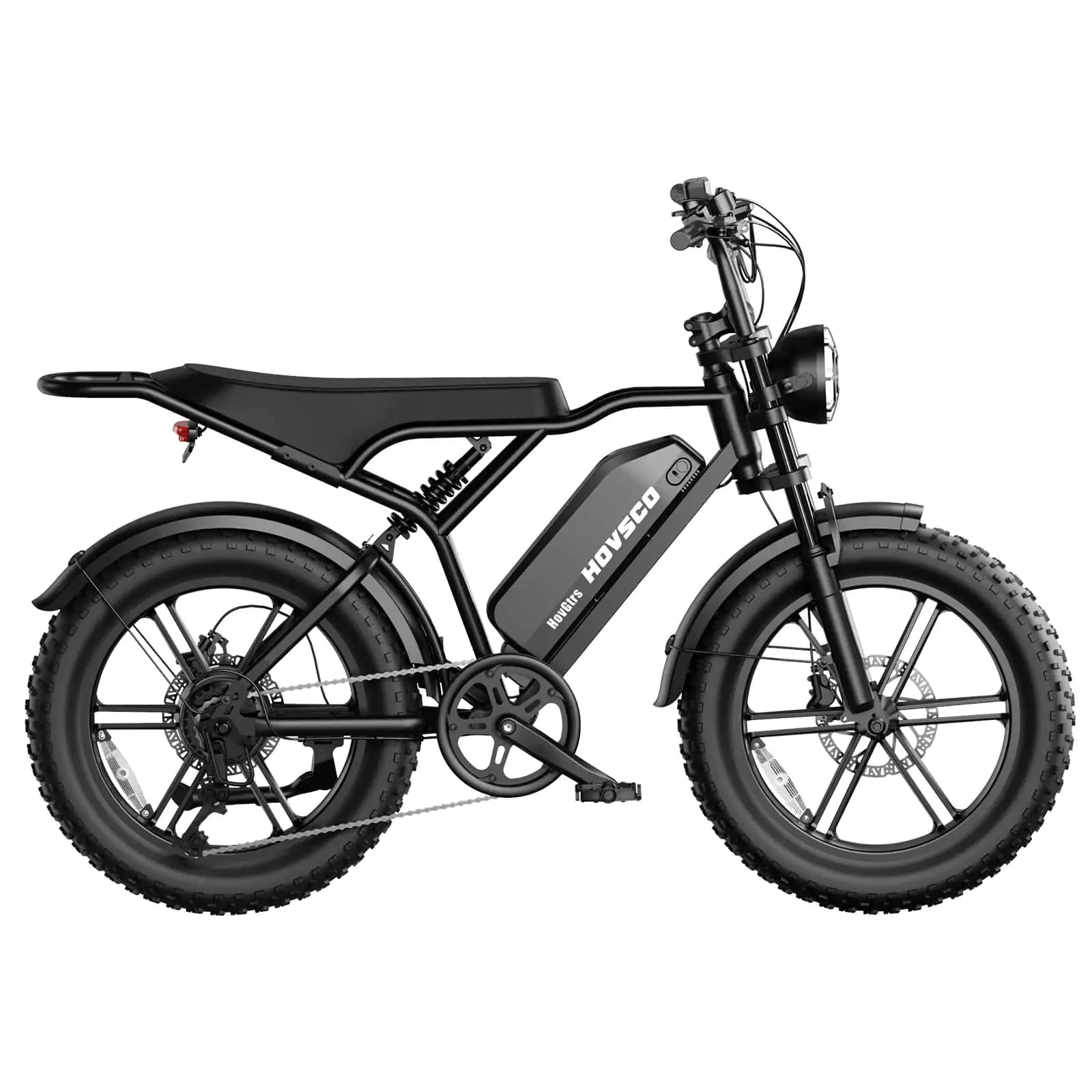
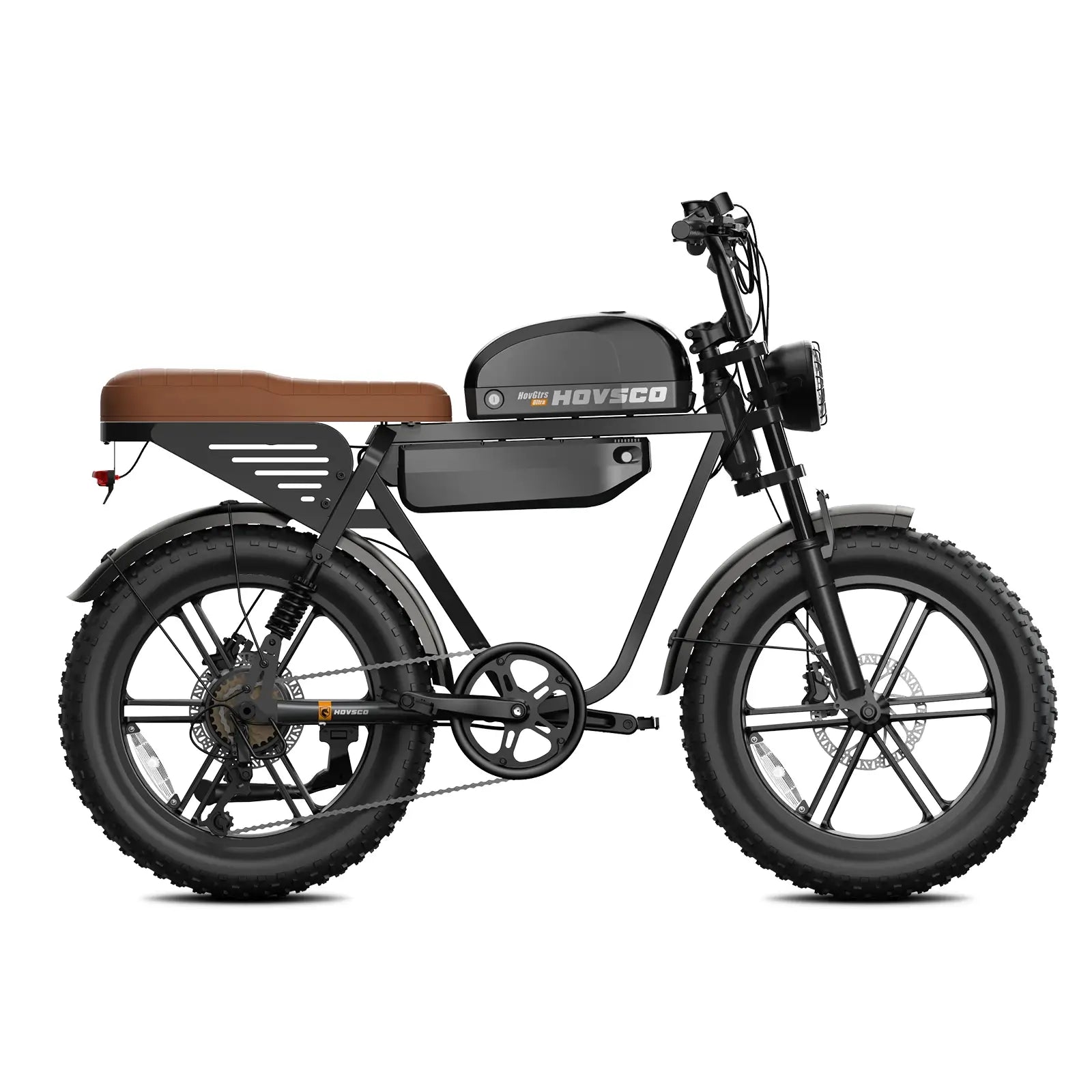
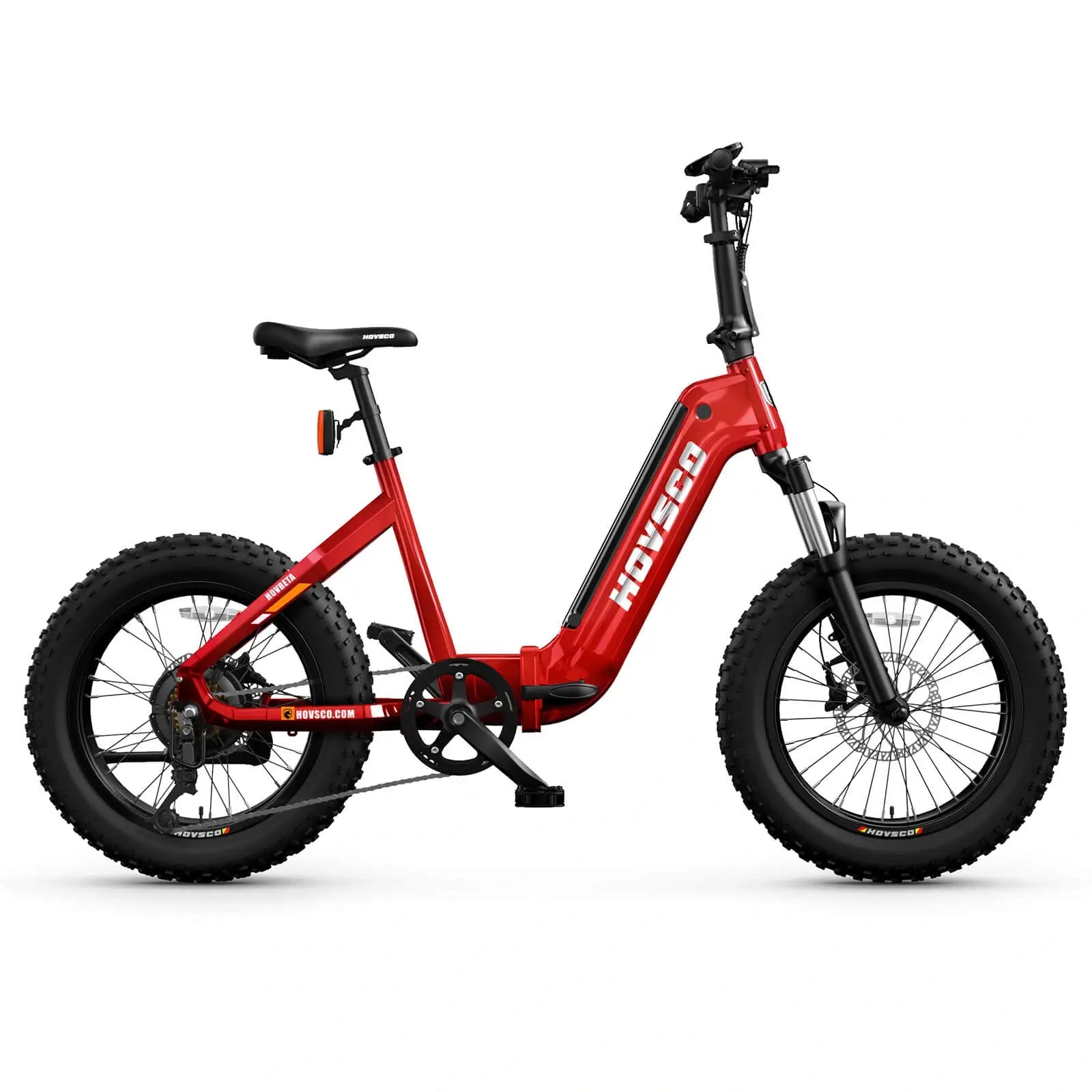
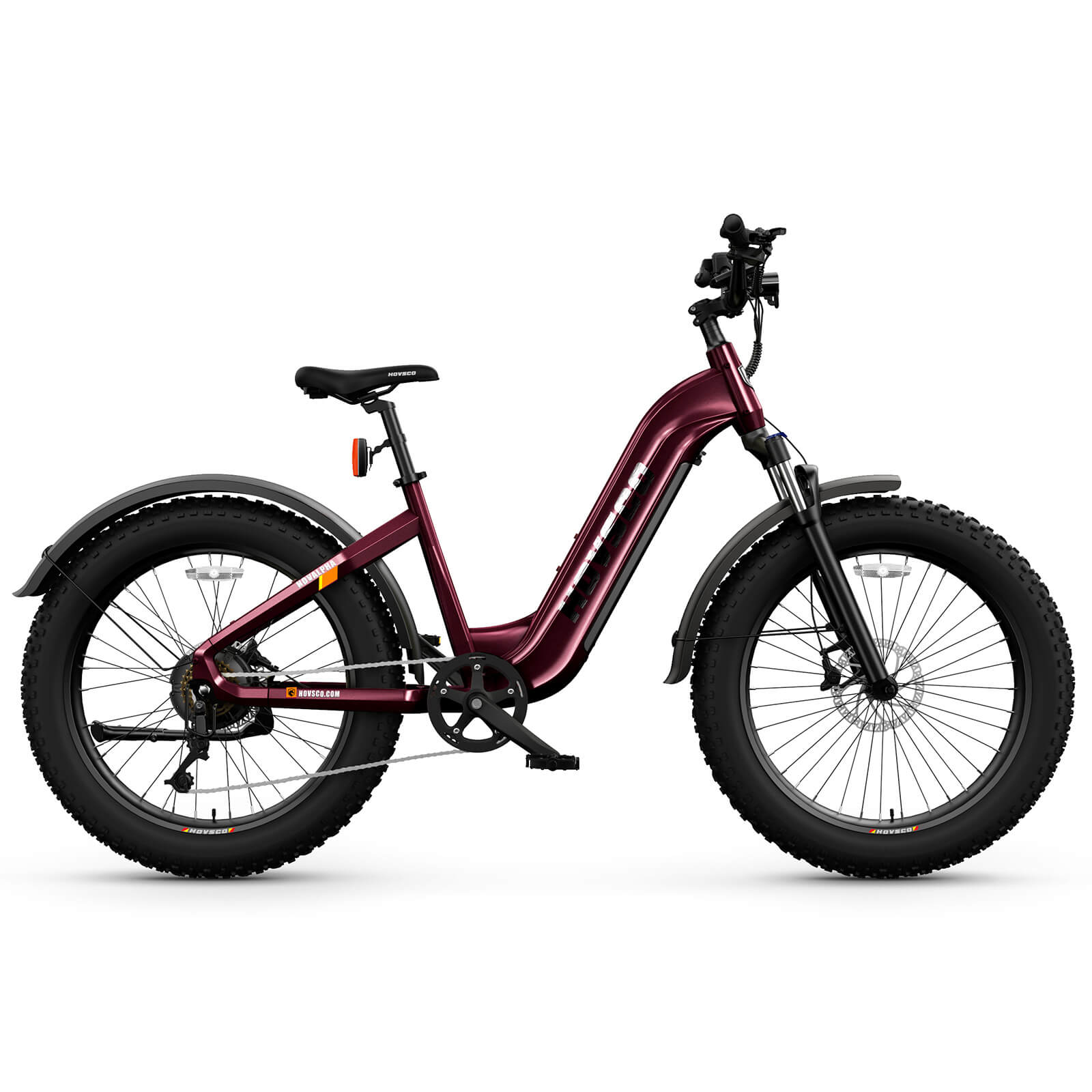
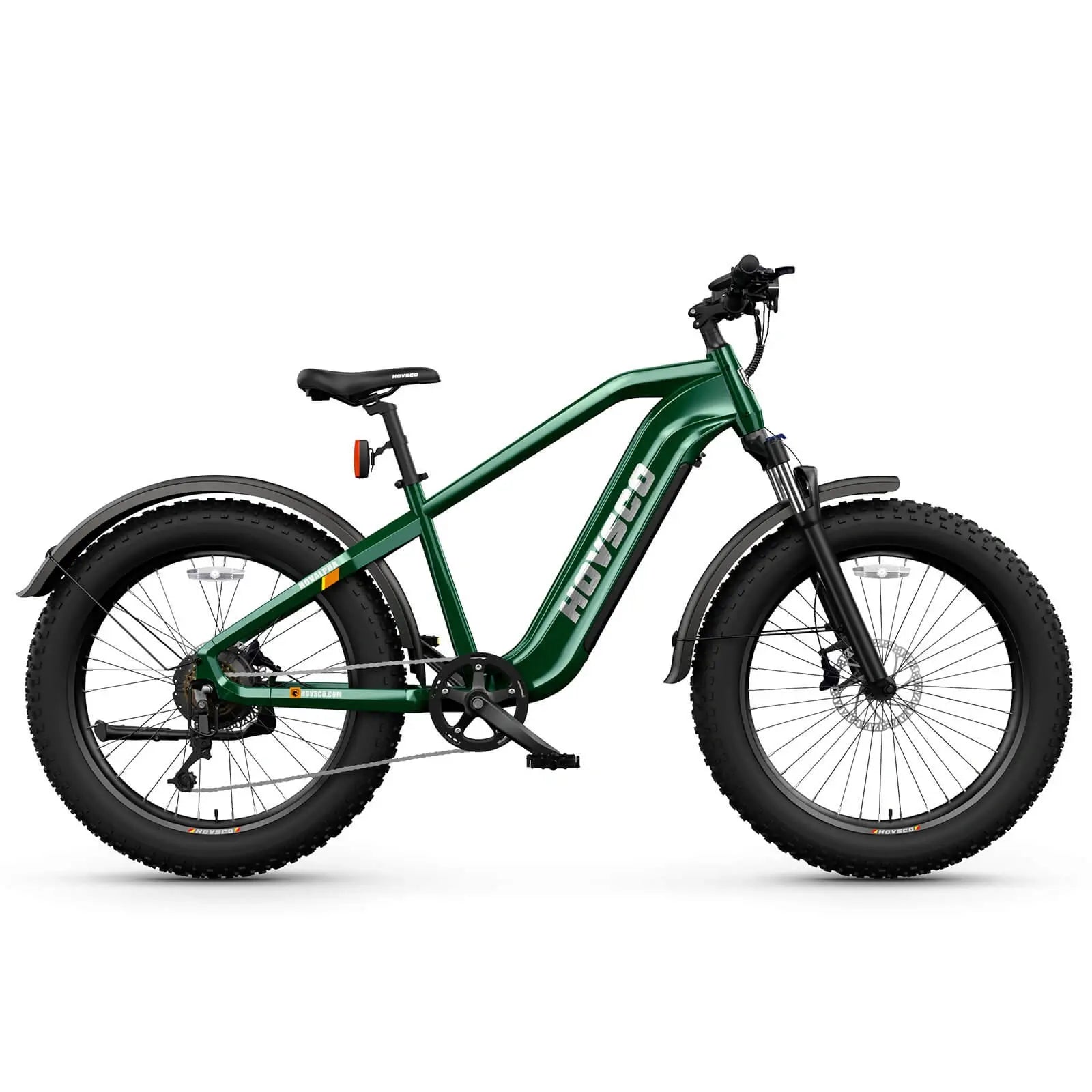
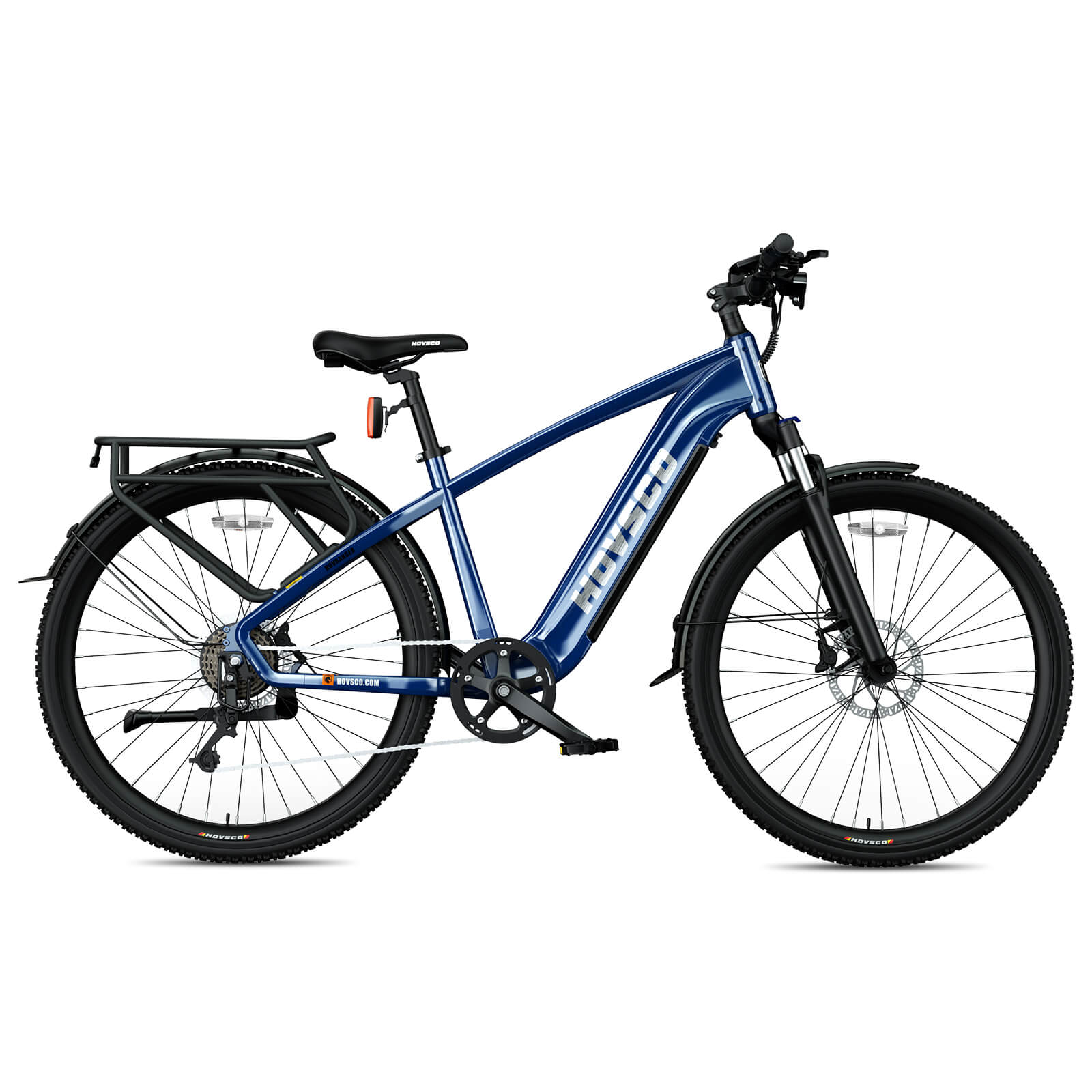
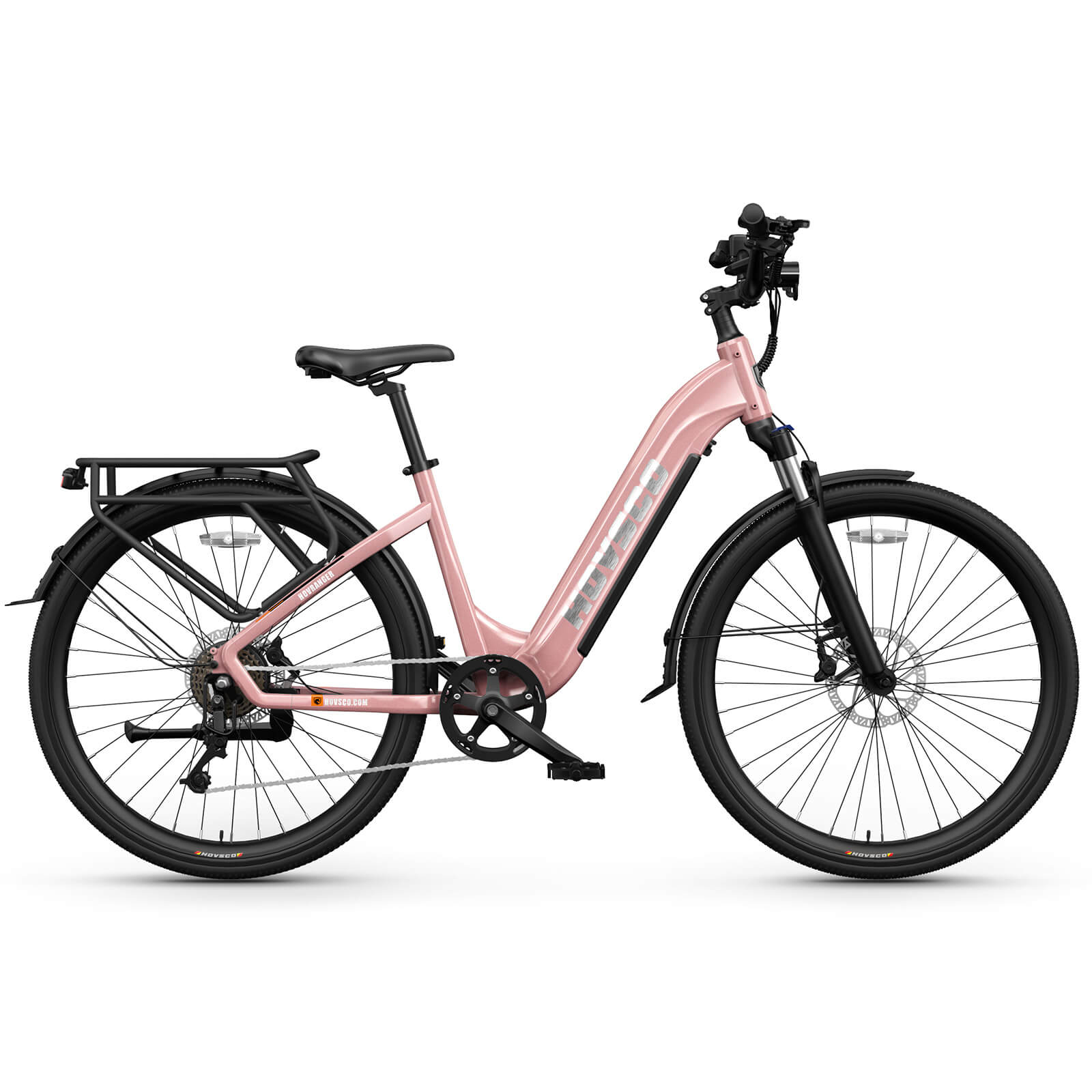
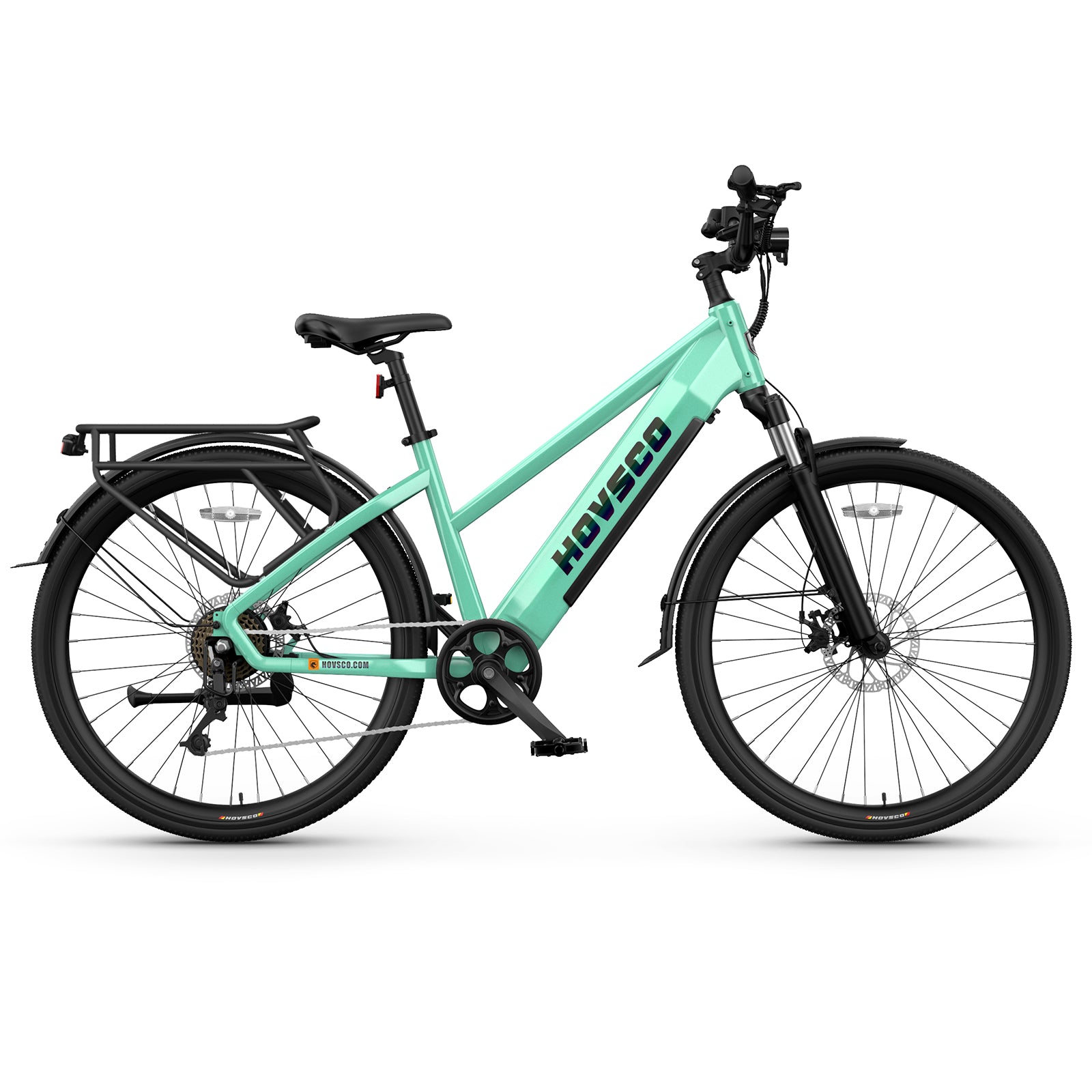
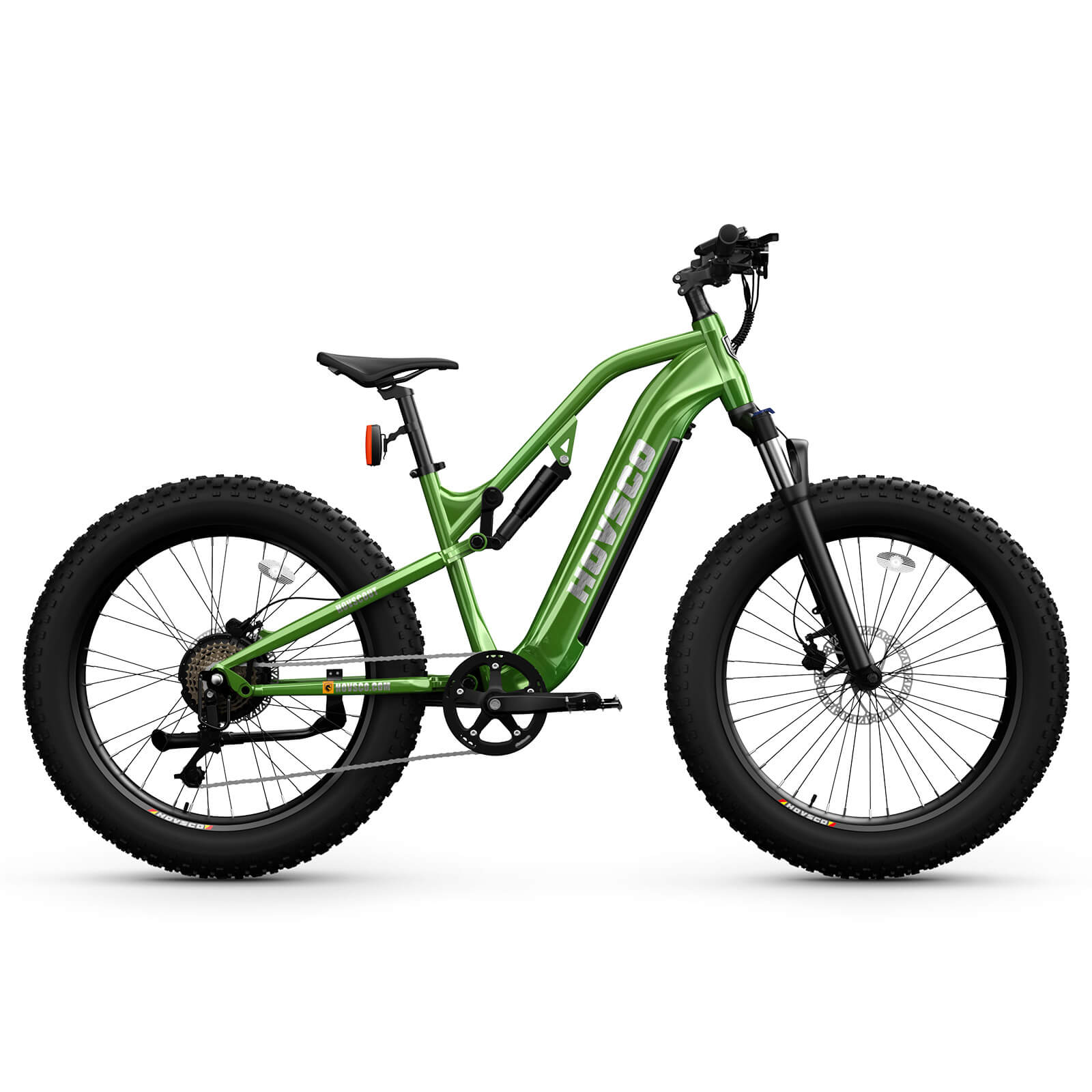
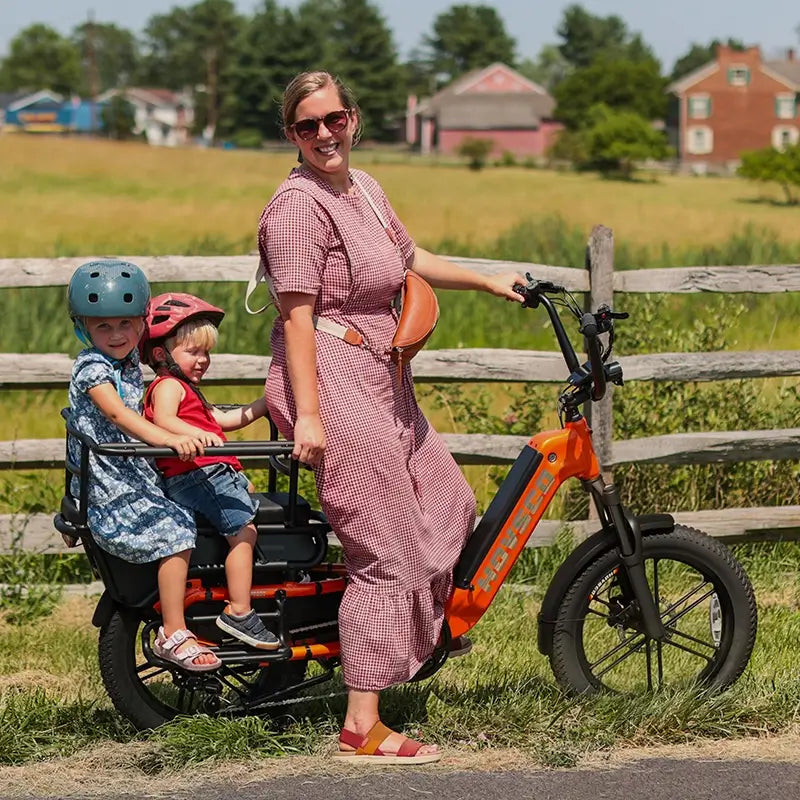
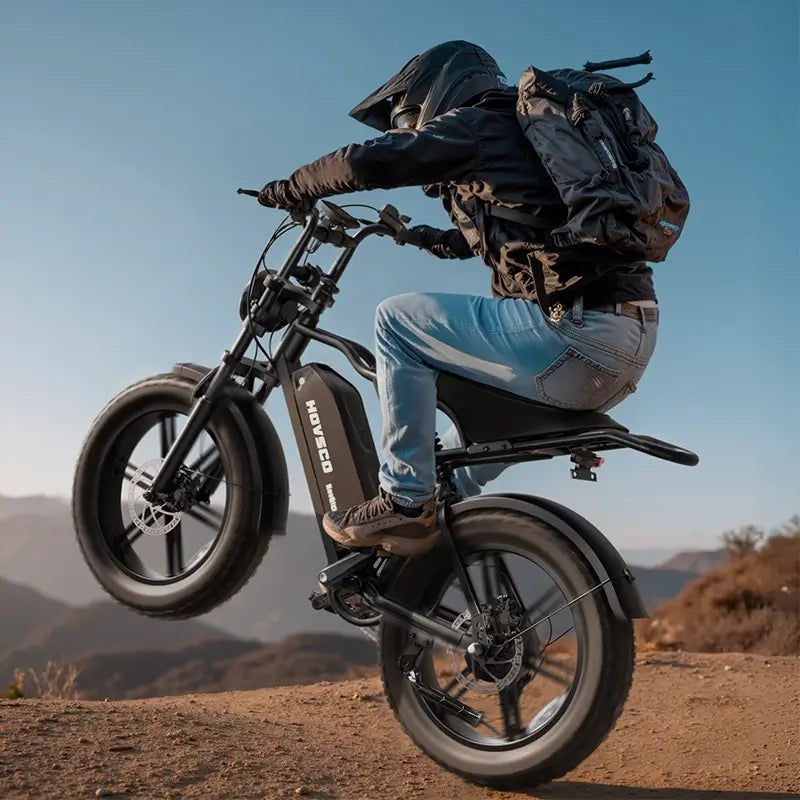
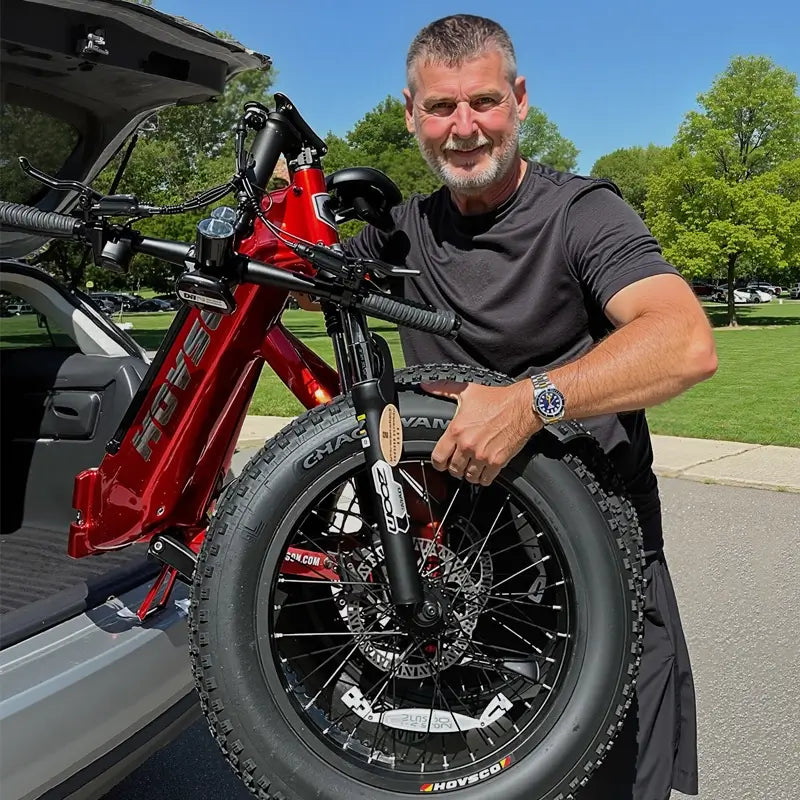
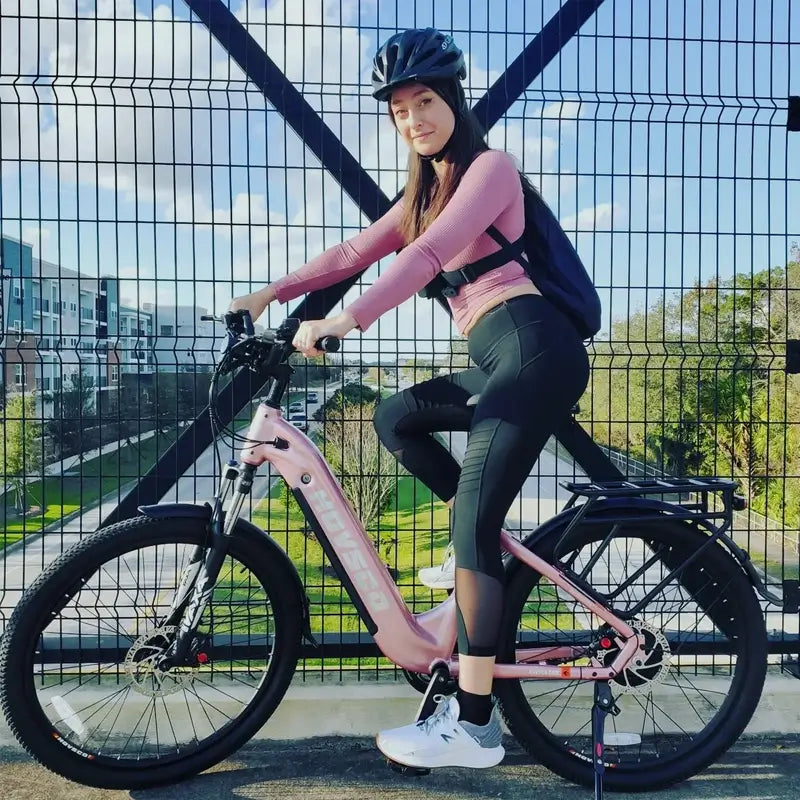
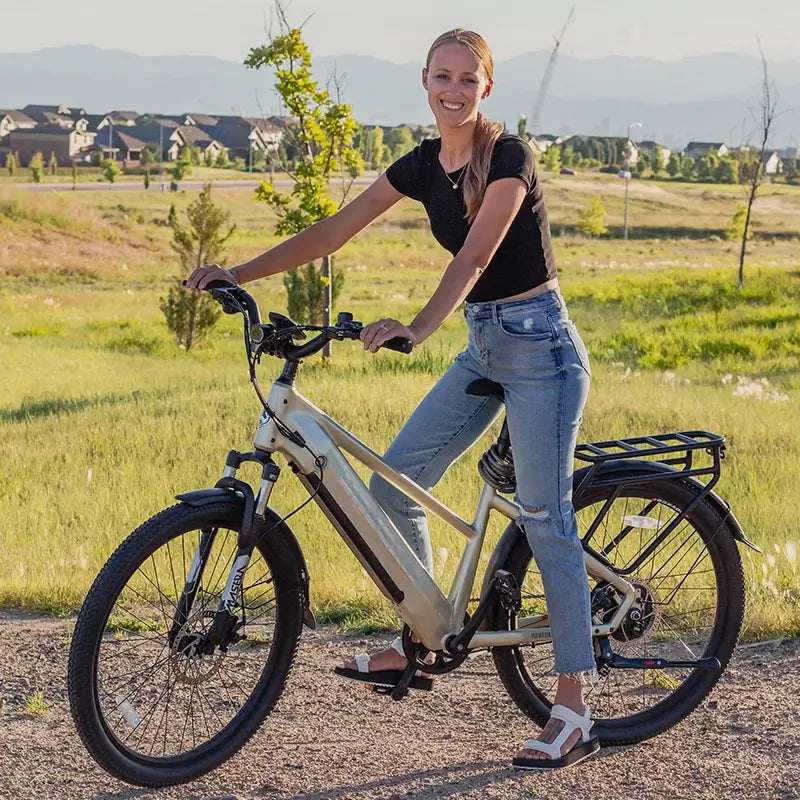

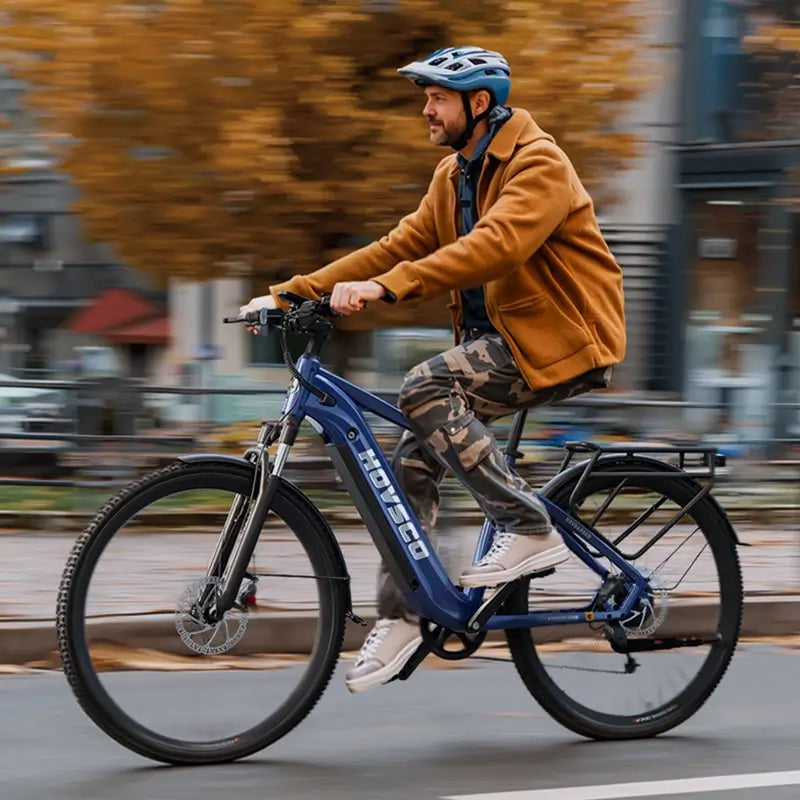
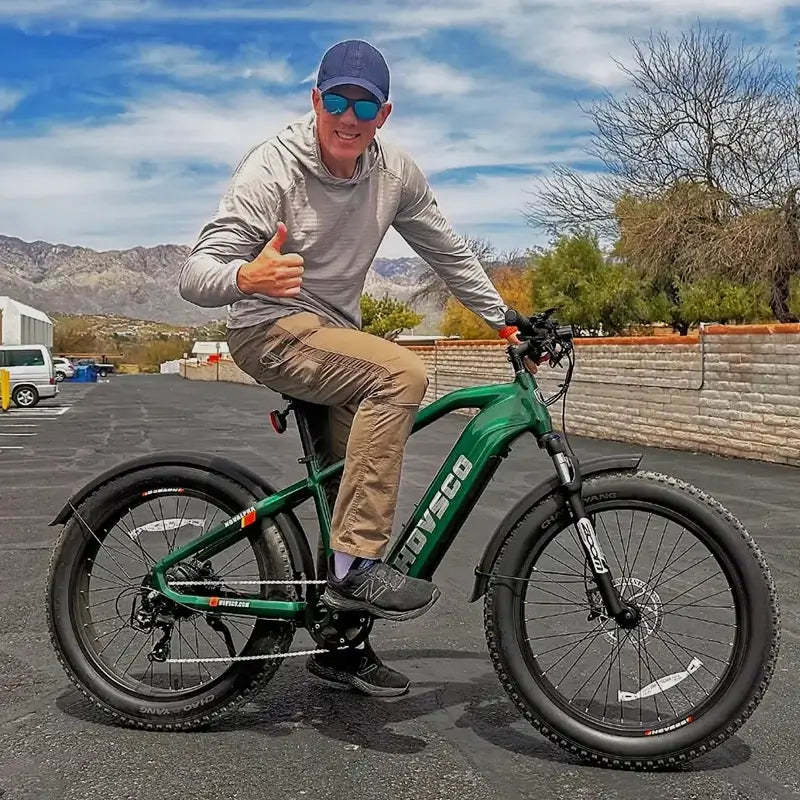
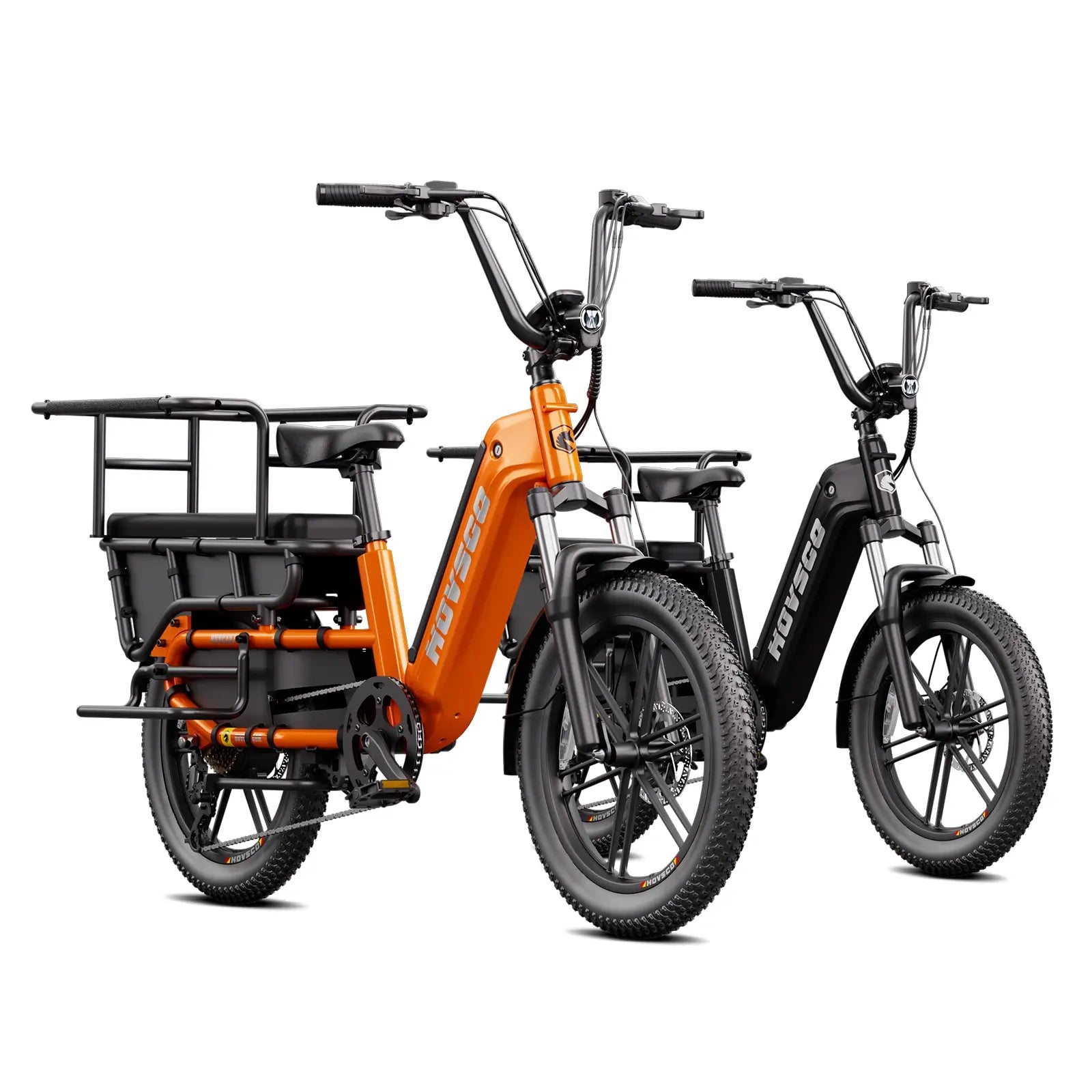
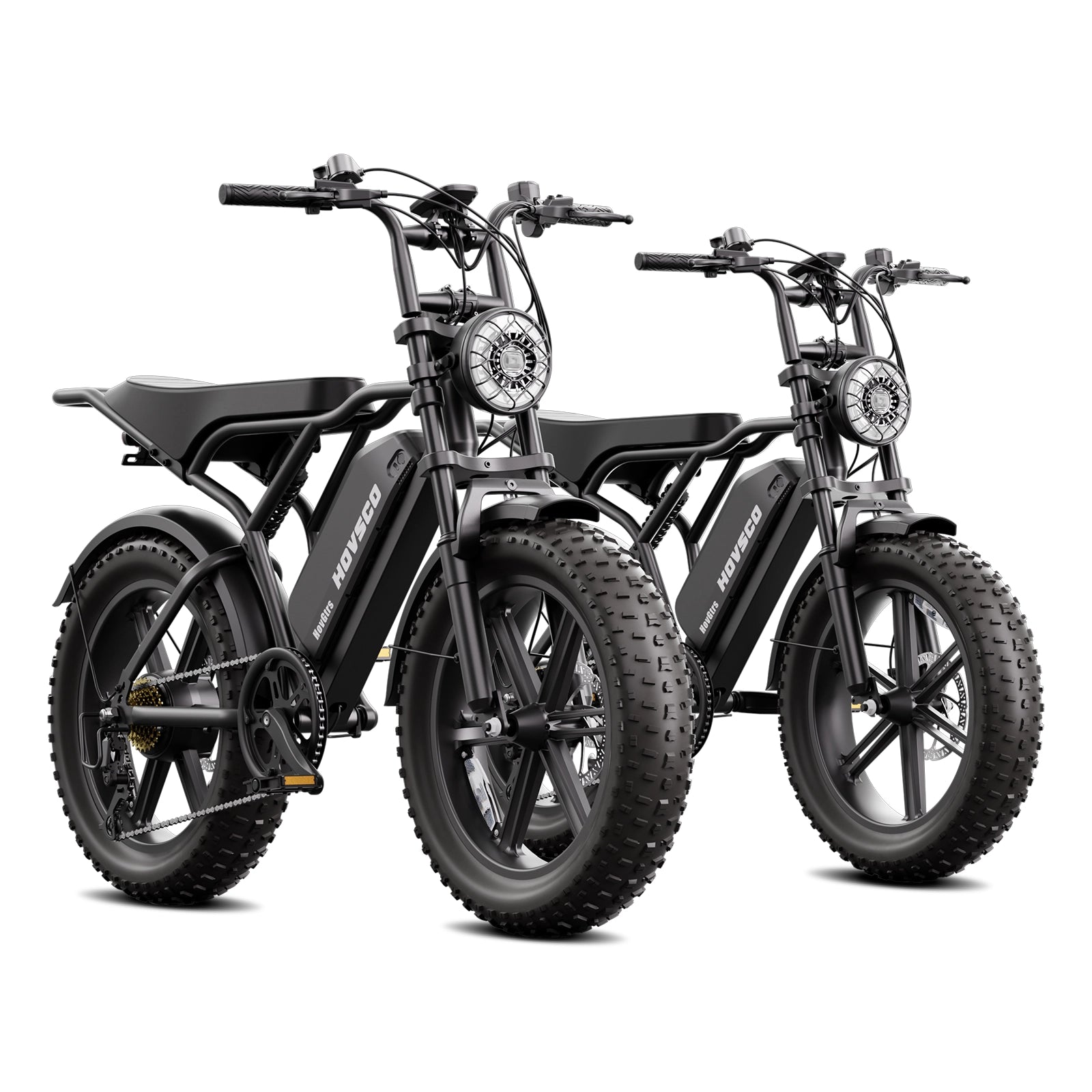
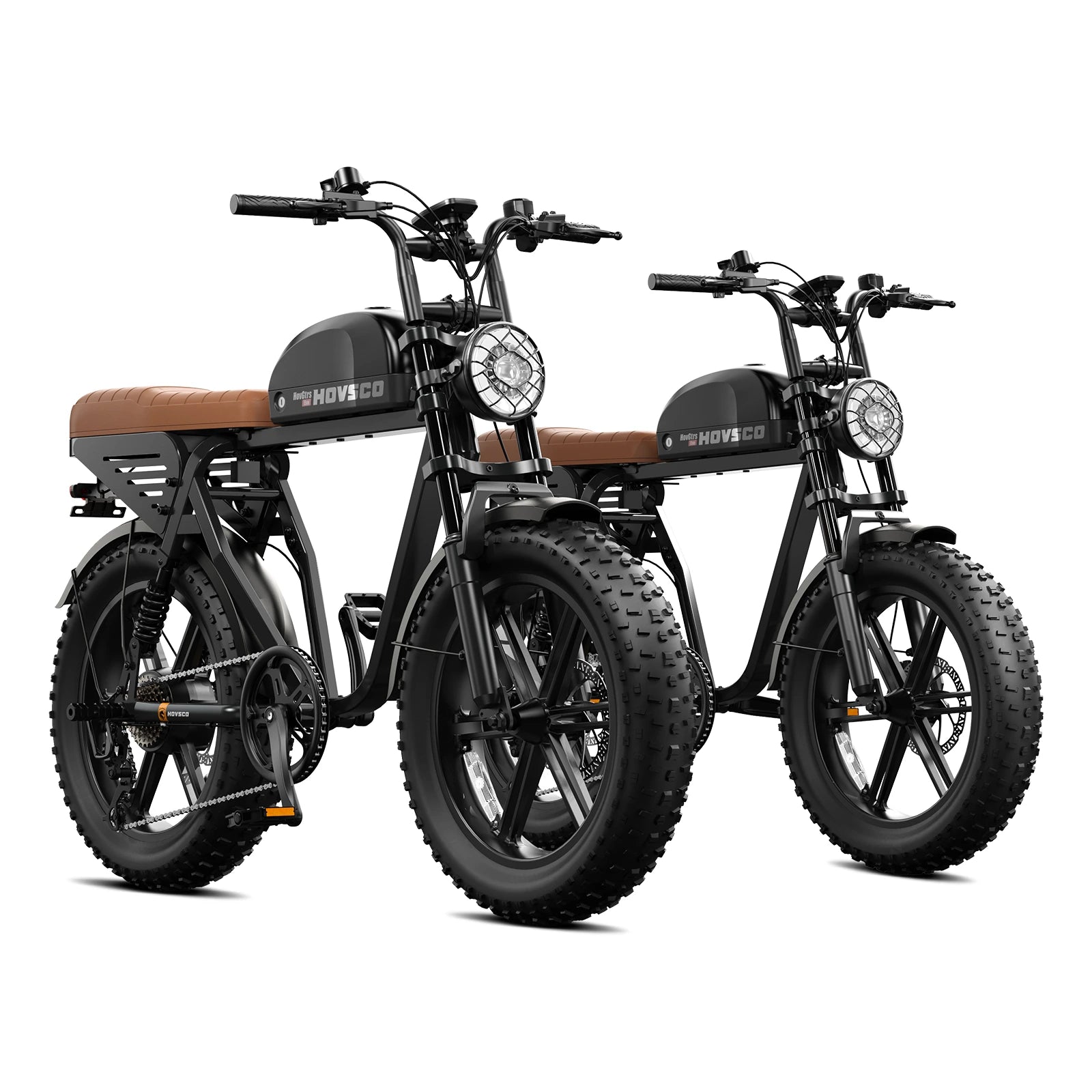
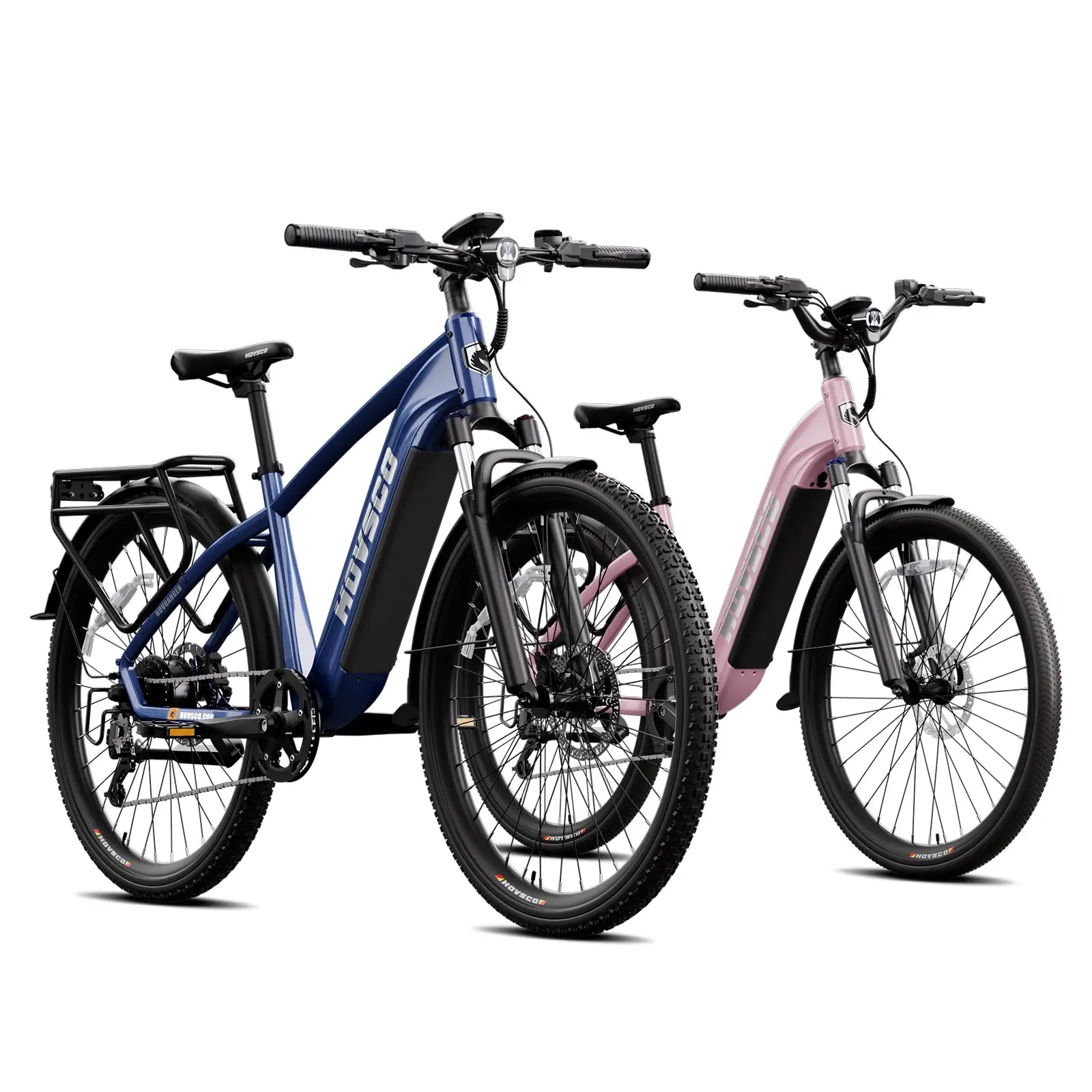
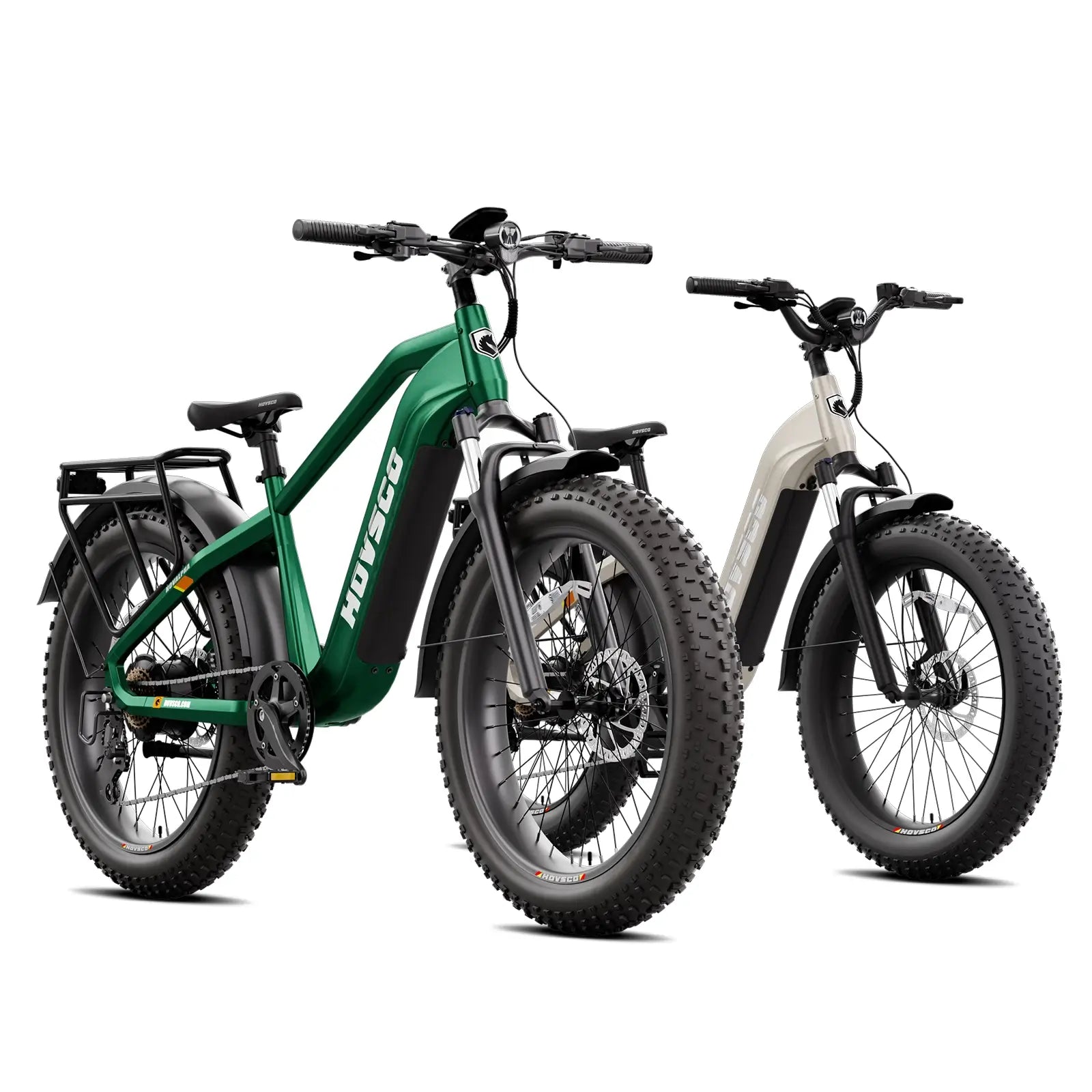
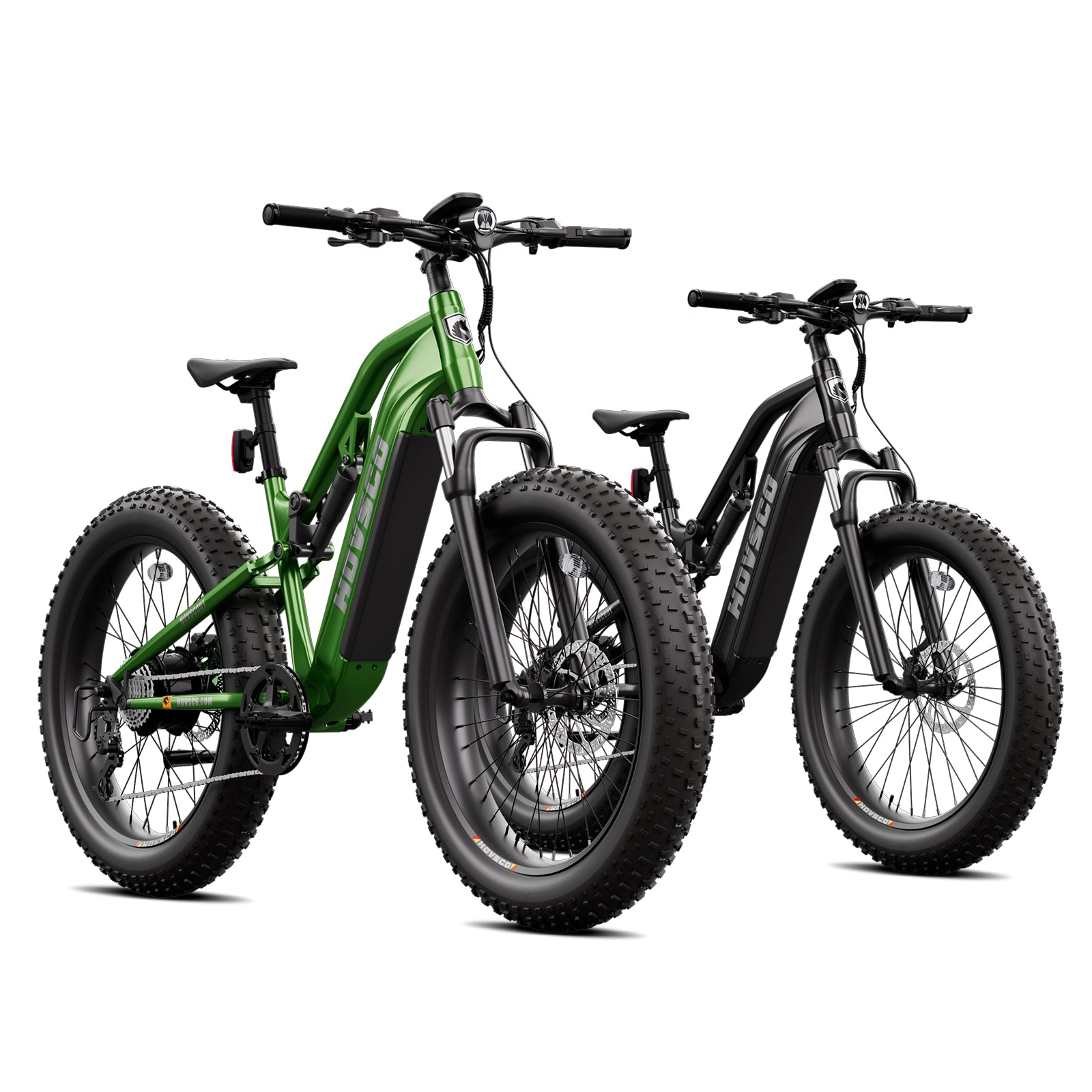


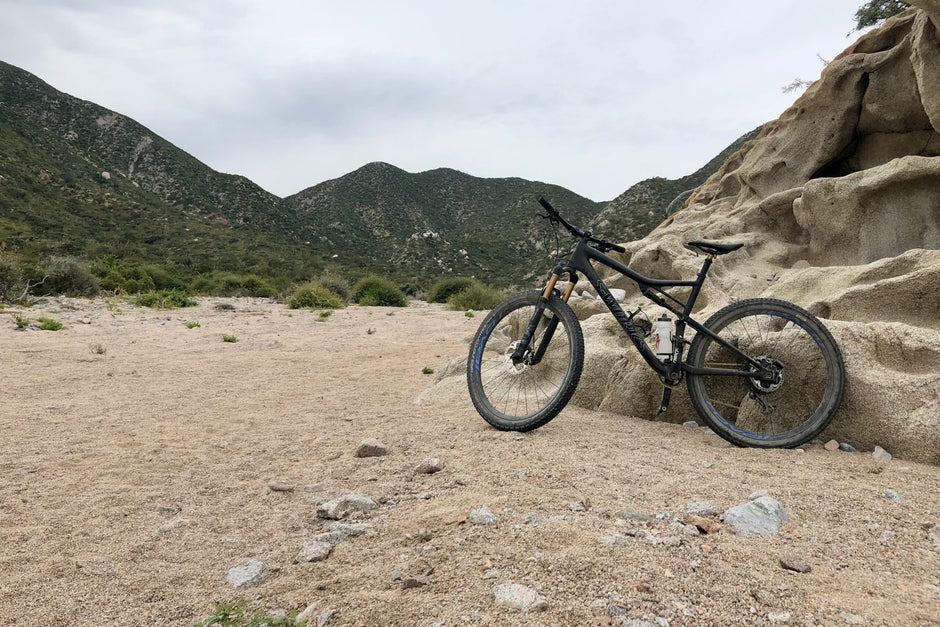
Share:
How Does Hovsco HovCity Compare to Aventon Soltera?
Why Does Using the E-Bike Tax Credit Matter for Buyers?